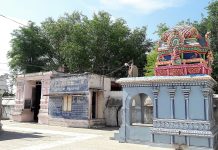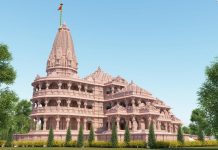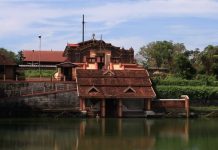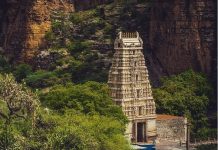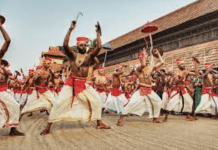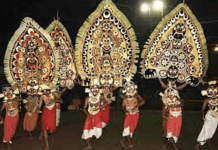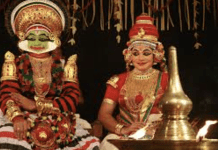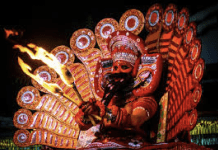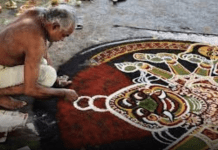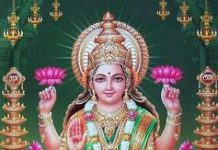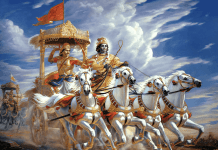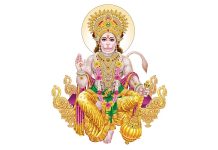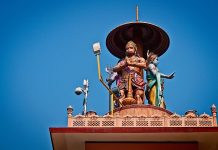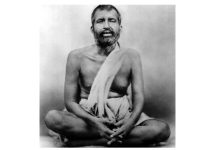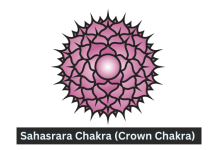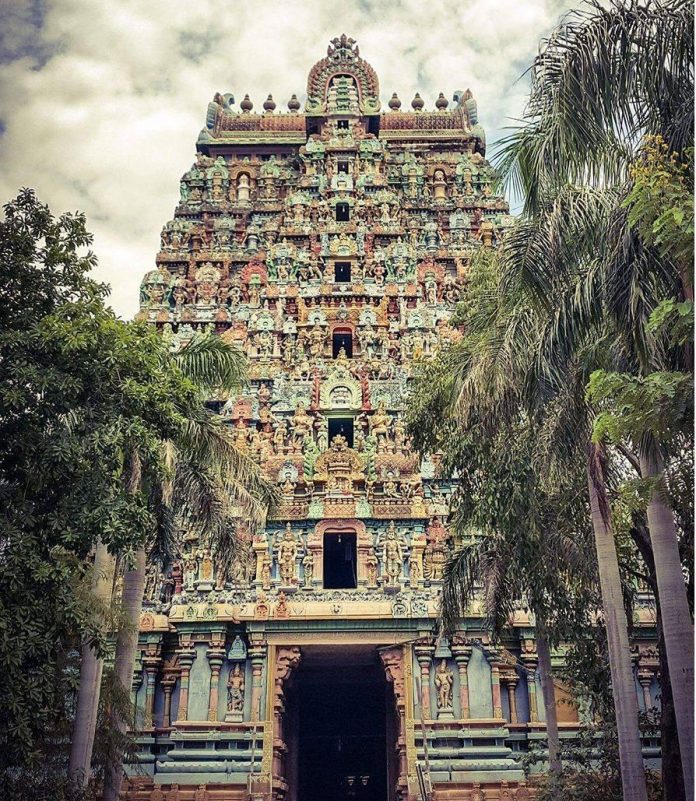Jambukeswarar Temple, Thiruvanaikaval (also Thiruvanaikal, Jambukeswaram) is dedicated to Lord Shiva, located on the Srirangam Island in Tiruchirapalli (Trichy) district, in the state of Tamil Nadu, India. The temple was built by Maaravarman Sundharapandi I, a pandiyan king, around 800 years ago.
The temple represents a Dravidian style of architecture with 7 tiered gopuram adorned with delicate carvings. There are 5 enclosures inside the temple with the innermost being the main sanctum housing the Shivlinga in the form of Appu Lingam (water Lingam). There is an underground stream flowing underneath the Shivlinga from which water continuously flows out.
Mythology
According to mythological legends, Goddess Parvati in Her Incarnation as Devi Akilandeswari performed a great penance under the ‘Jambu Tree’ (Thiruvanaikoil). ). She made a Shiva Linga with waters of river Cauvery, and installed it under the Venn Naaval tree and commenced her worship. Impressed with the devotion of Parvati, Lord Shiva gave her darshans and taught her Shiva Gnana.
Enacting the penance of Parvati as Akilandeswari worshiping Lord Shiva, every day at noon, the temple priest dresses as a woman dressed in a sari and offers a prayer to Lord Jambukeswarar. This midday prayer is attended by hundreds of devotees every day and provides a great insight into some unusual Indian traditions and customs for first-time Indians.
Temple Architecture
There are five enclosures inside the temple. The massive outer wall covering the fifth precinct, known as the Vibudi Prakara, stretches over a mile and is two feet thick and over 25 feet high. Legend maintains that the wall was built by Shiva working with the laborers. The fourth precinct contains a hall with 796 pillars and measures 2436 feet by 1493. It also has a small tank fed by perpetual springs. The third enclosure is 745 feet by 197 surrounded a wall 30 feet high. This area has two gopurams (gateway towers) 73 and 100 feet tall, a coconut thoppu and a small water tank. The second enclosure is 306 feet by 197, a gopuram 65 feet high and several small shrines. The inner most enclosure measuring 126 feet by 123 has the sanctum.
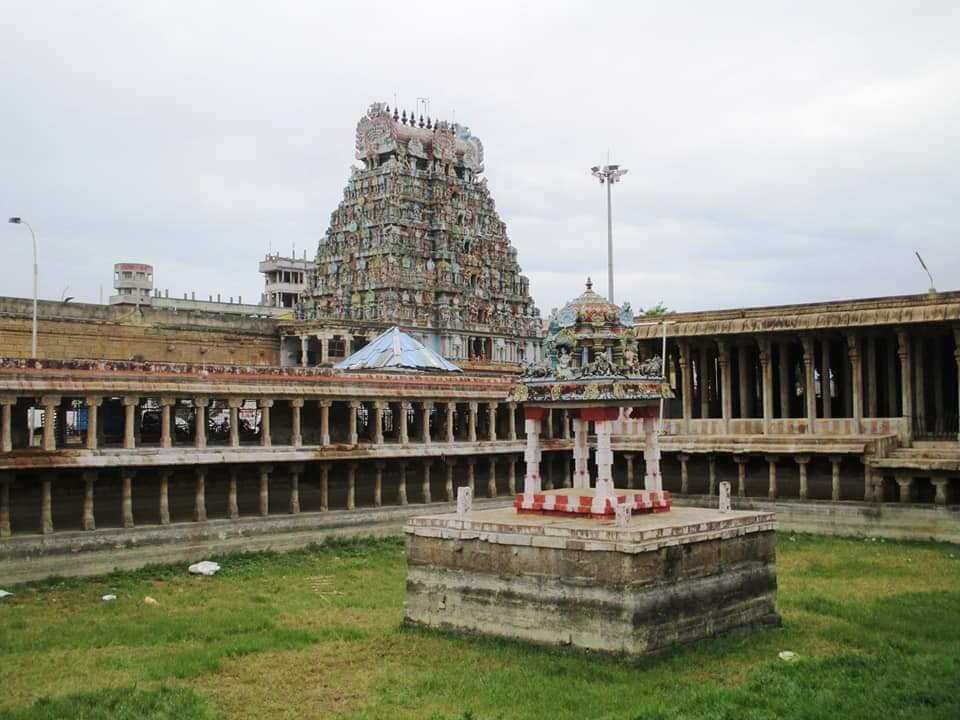
Religious significance
Pancha Bhoota Sthalam refers to the five Shiva temples, each representing the sign of the five prime elements of nature – space, air, fire, water, earth. Pancha indicates five, Bhoota means elements and Sthala means place. All five temples are located in South India, four at Tamil Nadu and one at Andhra Pradesh. The five elements are thought to be enshrined in the five lingams. Each of the lingams representing Shiva in five different names based on the elements they represent. In the temple, Shiva is said to have manifested himself in the form of water (Appu Lingam). The other four manifestations are Prithivi Lingam (representing land) at Ekambareswarar Temple, Akasa Lingam (representing sky) at Thillai Nataraja Temple, Chidambaram, Agni Lingam (representing fire) at Annamalaiyar Temple and Vayu Lingam (representing air) at Srikalahasti Temple.
Major Festival:
Panguni Brahmmotsavam in March-April and Aadi Pooram and Fridays in July-August are the festivals elaborately celebrated in the temple.
Visiting Hours:
The temple is opened from 05:30 AM to 01:00 PM and 03:00 PM to 08:30 PM.
How to Reach :
The temple located at Thiruvanaikaval in Tiruchirapalli city. The city is well connected by the Rail, Bus and Road. From the city one reach temple by buses, private cabs and autorickshaws.

